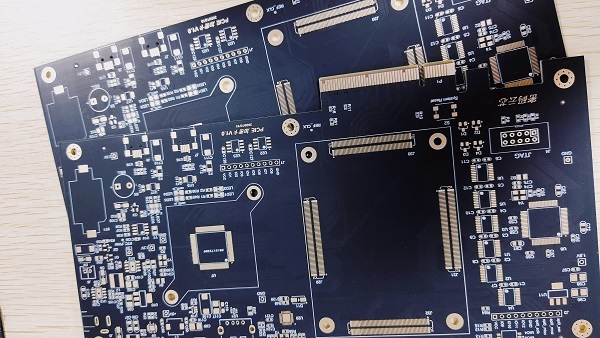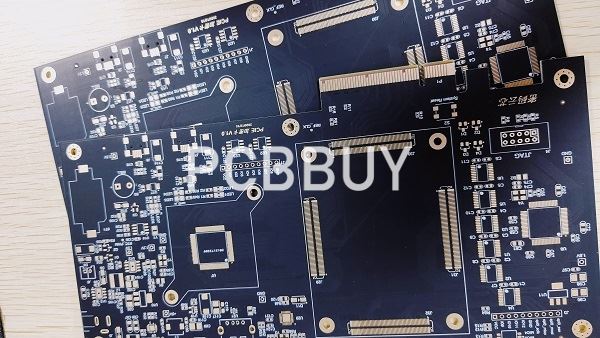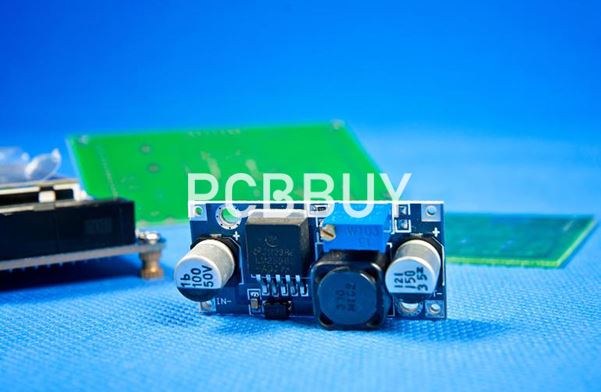Do You Know the Main Working Principles of Microwave PCB?
By:PCBBUY 03/20/2023 16:33

The microwave oven, as the name implies, uses the microwave to cook meals. The microwave oven is a modern cooking stove that uses microwaves to heat food. Microwave is an electromagnetic wave. The energy of this electromagnetic wave is not only much larger than the usual radio wave, but also has a "personality". As soon as the microwave touches the metal, it reflects, and the metal has no way to absorb or conduct it; the microwave can pass through glass, ceramic, plastic Insulating materials such as, but will not consume energy; and foods containing water, not only microwaves cannot penetrate, but their energy will be absorbed.

The microwave oven is a modern cooking utensil that uses microwave heating. The biggest advantages of cooking food in a microwave oven are fast heating speed, high thermal efficiency, and can maintain the color, aroma, taste and nutritional value of food.
Household microwave ovens basically adopt a box structure, which is mainly composed of power transformer microwave generator (magnetron), transmission waveguide, furnace cavity, wave stirrer, furnace door and control part. As shown in the figure below is a popular microwave oven circuit. It is composed of timer, double lock switch, furnace door safety switch, cooking relay and thermal relay.
The microwave oven is composed of seven parts:
Magnetron: It is the "heart" of a microwave oven. It generates and emits microwaves (DC electrical energy is converted into microwave oscillation output). It is actually a vacuum tube (metal tube).

Power Transformer: It is the part that supplies voltage to the magnetron.
Furnace cavity: Also called resonant cavity, it is the place where food is cooked, made of metal plate coated with non-magnetic material. Ventilation holes are opened on the left and top of the furnace cavity. The microwave input into the furnace cavity through the waveguide is reflected back and forth in the cavity wall, and each time it passes through and passes through the food. When designing a microwave oven, the side length of the oven cavity is usually a multiple of 1/2 the wavelength of the microwave guided wave, so that when the food is heated, the cavity can maintain resonance and the resonance range is appropriately widened.
Waveguide: transmits the microwave power generated by the magnetron to the oven cavity to heat the food.
Rotary worktable: The rotary worktable is installed at the bottom of the furnace cavity, at a certain height from the bottom of the furnace, driven by a small motor at 5-6 rpm.
Furnace door: The role of the oven door is to facilitate the picking and placing of food and to observe the situation during cooking. The oven door is the front wall that forms the oven cavity. It is a checkpoint for the entire microwave oven to prevent microwave leakage.
Time power controller: choose different power to cook or defrost different foods.
Industry Category











